South Africa is very well known for its wildlife safaris. The diversity of South Africa's wildlife does not end on land, though. Whale-watching in Cape Town and Hermanus provide the opportunity to see first hand what coordinated conservation action can achieve. These tours also offer exciting experiences and fantastic photo opportunities.
Key Considerations
- Whale watching tour operators work hard to provide you with the best viewing but tours differ in the viewings as in all wildlife safaris
- Ocean tours do run the risk of seasickness if you know you are at risk ask your pharmacist for tablets
- Tours are weather dependent check operation days with providers
- The closest the tours are allowed to the whales are 50m bring a zoom lens
Hermanus whale watching tours contact: Hermanus Whale Watchers
Some staggering statistics published by the Living Planet Index and UN indicate that the vertebrate animal populations of over 4000 species have declined by 60% since 1970. The protection of whales in South Africa has shown that this trend can be reversed. We only preserve what we love and know, and whales fall in that category thanks in part to whale tourism.
Recovery of the humpback whale population in South Africa
In July National Geographic posted an article detailing that the Humpback Whale numbers in Southern Africa have recovered to a fantastic 30,000 whales. Nearly two centuries of whaling saw the humpback whale numbers declined to between 300 and 600 in the 1970s. Protected in 1963, ultimately South Africa banned commercial whaling in 1979, which triggered this fantastic recovery.
The humpback whale weighs in at about 56 tons, but this does not stop it from providing some fantastic displays. It performs incredible breaches as it leaps out of the water and crashes down. The humpback whale migrates to Antarctica in the summer where it feeds. It overwinters in South Africa and the tropical waters of East Africa from July to November where it seldom feeds.
Recovery of the Southern right whale population in South Africa
The Southern right whale popular among tourists was one of the most exploited whales. Its name indicates that this is the right whale to kill. More than 130,000 Southern right whales were killed between 1770 and 1850. They to were reduced to about 300 individuals and after being protected in 1935 according to the annual Southern right survey recovered to about 5000 to 6000 breeding whales in South Africa and 15,000 globally.
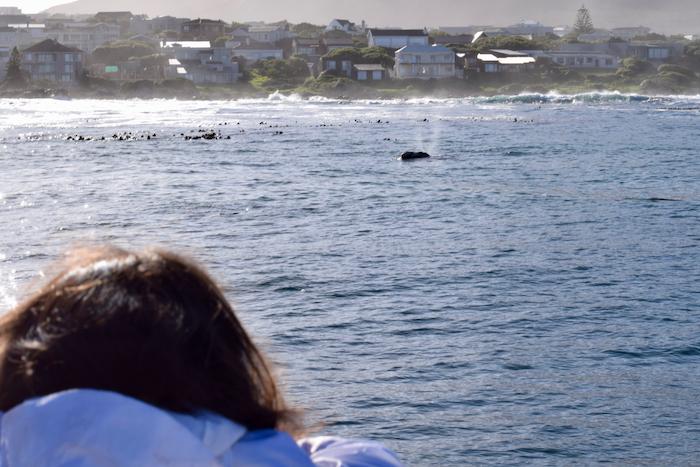
The Southern right whale weighs in at about 47 tonnes and is a favourite among viewers in South Africa where it winters to breed. The females give birth in the sheltered bays of the Cape between Cape Town and Port Elizabeth. Hermanus is a favourite whale viewing spot for the Southern right and is known as the best land-based whale watching place in the world. The Southern right whale also provides viewers with rewarding breaches. The Southern right whale overwinters in South Africa and viewing is best from July to November.

The humpback and Southern right are not the only whales found along the South African coast. Other whales such as the Bryde's whale identified by its hooked fin are also found here. I took a trip with some South African whale-watching outfitters to understand the importance of whale watching in whale conservation. I joined a whale-watching tour in Hermanus as well as Cape Town which provided very different experiences. I aim to provide you with a guide to whale watching in South Africa.
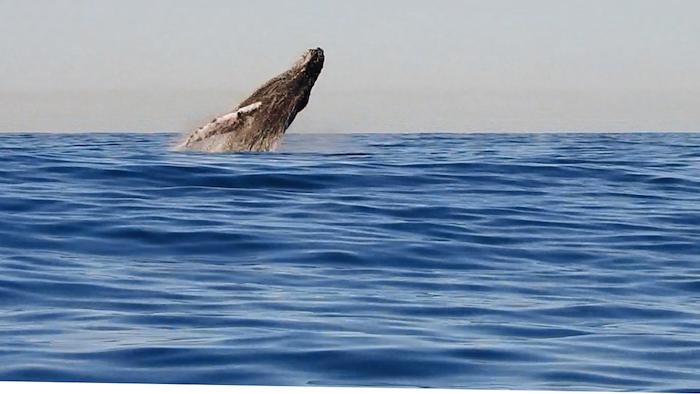
Whale watching in Cape Town with Captain Jacks
Captain Jacks has recently been granted a whale watching permit to operate from the popular Cape Town tourist hotspot of Houtbay Harbour. The harbour is mainly known for its seal watching tours. You can read a little more about a seal snorkelling excursion I did at the same location here. Whale watching is the new kid on the block.
Captain Jacks has gone through great lengths to provide a professional whale watching excursion from Cape Town. They contacted a South American marine biologist Dani Abras who specialise in whales and whale photography to assist them in training the local crew the art of finding and ethical treatment of whales. I was privileged to attend one such training tour.
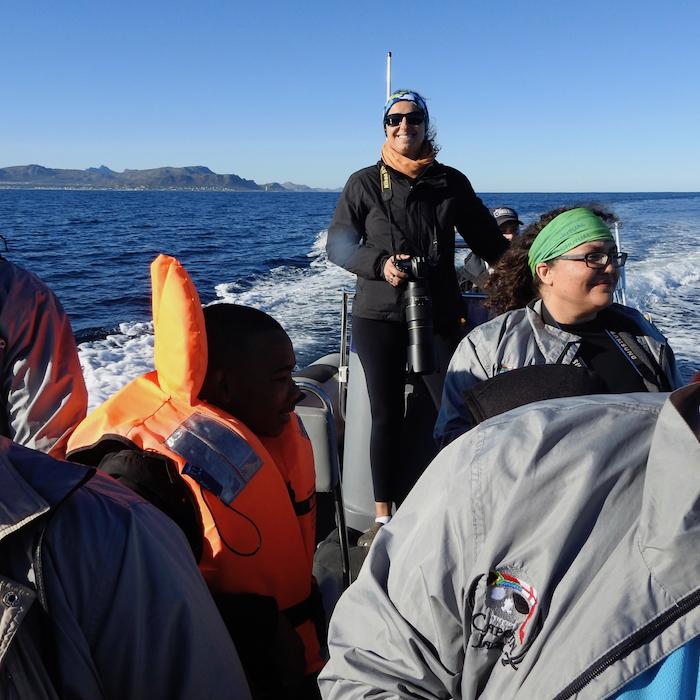
The service includes a 2-3 hour boat ride to find whales on a comfortable yet fun boat. On arrival, Captain Jacks provided us with a safety briefing and water-resistant coats to keep us dry. The day was fantastically clear, and the sea was relatively calm, which provided for a comfortable trip. Captain Jacks used land-based spotters to direct us. Within a short space of time, we were able to follow some whale footprints and viewed our first humpback whales swimming South.
We were exceptionally fortunate as on our return journey, and we noticed some whale breaches in the distance. Our skipper James promptly raced off in the direction of the action. Around us, various whales breached on both sides of the boat. It was tough to capture on camera due to the boat movement and lack of predictability, but I was able to capture two amazing breaches.
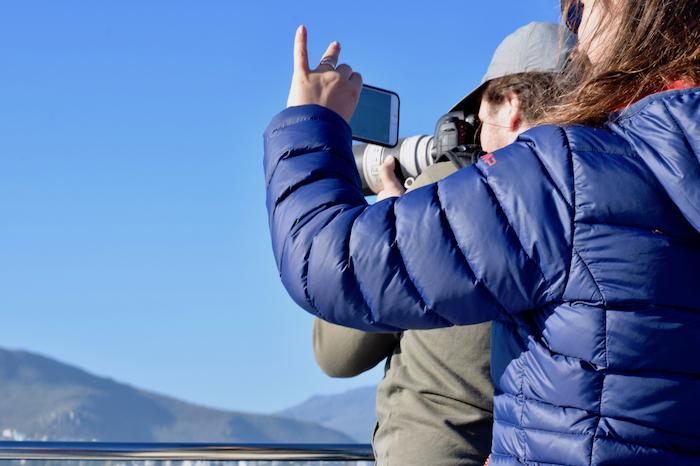
Whale watching in Hermanus with Hermanus Whale Watchers
Hermanus is the capital of whale watching in South Africa, and it shows. The town boasts the label of being the best land-based whale watching area in the world. Just by staying in the coastal region between July and November, you should be able to spot whales successfully. I aimed to get up close and personal with a whale tour.
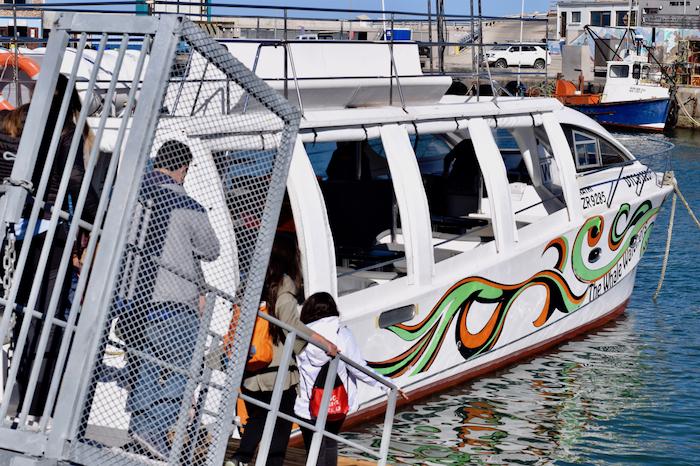
Whale watchers in Hermanus provide an exceptionally streamlined service. On arrival, you attend a safety briefing and whale information session accompanied by tea and a snack at their briefing room. A brisk walk takes you to their powerful, luxury viewing boat. Whale watching is weather dependent, and our trip followed bad weather in days before, so we had to contend with 3m swell causing some patrons to get sick.
The viewing was exciting, and the boat provided a comfortable lower deck and upper deck where you could stand and take in the fantastic views. We spotted two whales on the day, first a Bryde's whale that we followed for a while. We then detected a Southern Right whale in the shallows. It was a slight distance away, and due to the weather and heavy seas, we could not get closer. A big wave, well handled by the skipper prompted a return to harbour.
A whale-watching safari, like any other, is dependent on external factors such as weather and animal behaviour, and you should prepare yourself for the eventuality. If you have not included whale watching in your South African safari agenda, I suggest you do.
A whale-watching safari, like any other, is dependent on external factors such as weather and animal behaviour, and you should prepare yourself for the eventuality. If you have not included whale watching in your South African safari agenda, I suggest you do.
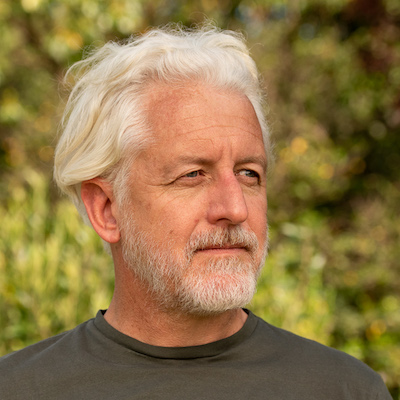
Adriaan BuysEnvironmentalist, Speaker & Green Strategy Consultant
Adriaan Buys, the founder of ConservationMag.org. As an environmental journalist and speaker, he is passionate about telling the stories of those who cannot speak. Adriaan assists businesses with green strategy design. He holds a PhD in Environmental Management. Contact him for consulting or keynote speaking engagements at adriaanbuys.com.

Shop for a cause
Conservation Mag is an Amazon affiliate, by clicking on the links to do your shopping you support us without paying anything extra.
Shop on amazon.com | amazon.co.uk
Shop on amazon.com | amazon.co.uk




